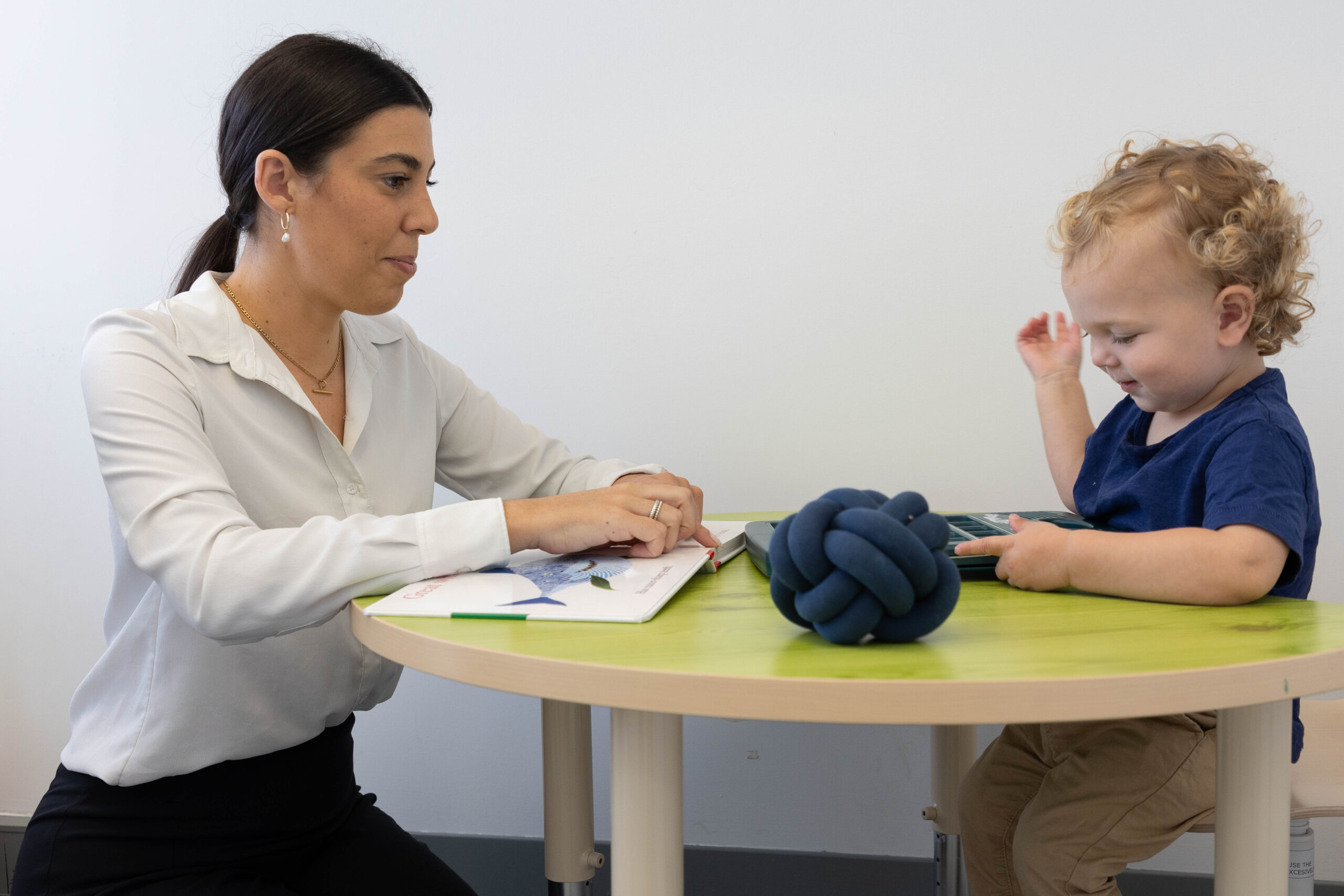Supporting the educational journey of children with intellectual disabilities requires a comprehensive and empathetic approach. Every child deserves the opportunity to learn in a positive environment that caters to their unique needs.
At Kid Speak, we understand the importance of providing tailored support to enhance learning outcomes for these children. In this article, we will explore how to create a positive learning environment, the role of cognitive assessments, and the impact of literacy on children with intellectual disabilities.
How Can We Enhance Learning for Children with Intellectual Disabilities in a Positive Environment?

Creating a positive learning environment for children with intellectual disabilities is a multifaceted process that requires careful consideration of their unique needs. The foundation of this environment is built on understanding and patience, recognising that each child’s learning journey is different and may require tailored approaches. One of the first steps in enhancing learning is to develop Individualised Education Plans (IEPs) that address the specific strengths and challenges of each child. These plans are essential in setting achievable goals and providing a clear roadmap for educators and parents to follow.
A positive learning environment is characterised by consistency and structure. Children with intellectual disabilities often thrive in environments where routines are predictable and transitions are smooth. This helps reduce anxiety and allows them to focus more on learning. Visual schedules, clear instructions, and consistent expectations are vital in helping these children understand what is expected of them and in promoting a sense of security.
Another critical element is the use of multisensory teaching methods. Since children with intellectual disabilities may have different learning preferences, incorporating visual, auditory, and kinesthetic activities can make learning more engaging and effective. For example, using pictures, videos, and hands-on materials can help children grasp concepts that might be difficult to understand through traditional teaching methods alone. These tools not only make learning more interactive but also cater to different learning styles, ensuring that no child is left behind.
Positive reinforcement plays a crucial role in encouraging learning. Recognising and celebrating small achievements helps build confidence and motivates children to continue putting in effort. This reinforcement can come in various forms, such as verbal praise, or even simple gestures like high-fives. The key is to make the child feel valued and successful, no matter how small the accomplishment may seem.
Social and emotional learning should also be a focus in creating a positive environment. Social interactions are an integral part of a child’s development, and children with intellectual disabilities may need extra guidance in this area. Encouraging peer interactions, fostering teamwork and building social skills can help these children build meaningful relationships and develop a sense of belonging.
Collaboration between educators, parents, and specialists is essential to ensure that the learning environment is holistic and supportive. Regular communication allows for the sharing of insights and strategies that can help address any challenges the child may face. By working together, everyone involved can contribute to creating a nurturing environment where the child feels understood, supported, and encouraged to reach their full potential.
Ultimately, the goal is to create an environment where children with intellectual disabilities are not only able to learn but are also inspired to explore, question, and grow. A positive learning environment is one that empowers these children to develop their skills, build self-confidence and find joy in learning.
Does Literacy Intervention Help Children with Intellectual Disabilities and How So?

Literacy plays a fundamental role in the development of all children, including those with intellectual disabilities. While learning to read and write can be more challenging for these children, it is essential for their communication skills, social interactions, and overall cognitive development.
For children with intellectual disabilities, literacy instruction should be approached with patience and creativity. Phonics-based instruction, repetitive reading, and the use of multimedia resources can make literacy more accessible and engaging. Incorporating literacy into daily activities, such as storytelling and word games, helps reinforce learning in a fun and meaningful way.
Literacy fosters a sense of independence in children with intellectual disabilities. As they develop their reading and writing skills, they gain the ability to navigate their environment more effectively, communicate their needs and participate in the community. Literacy also opens up new opportunities for learning, allowing these children to explore the world through books, technology, and other resources.
At Kid Speak, we are dedicated to enhancing the learning experiences of children with intellectual disabilities through comprehensive assessments and tailored literacy programs. If you believe your child could benefit from our services, we encourage you to contact us today to learn more about how we can support your child’s educational journey.


